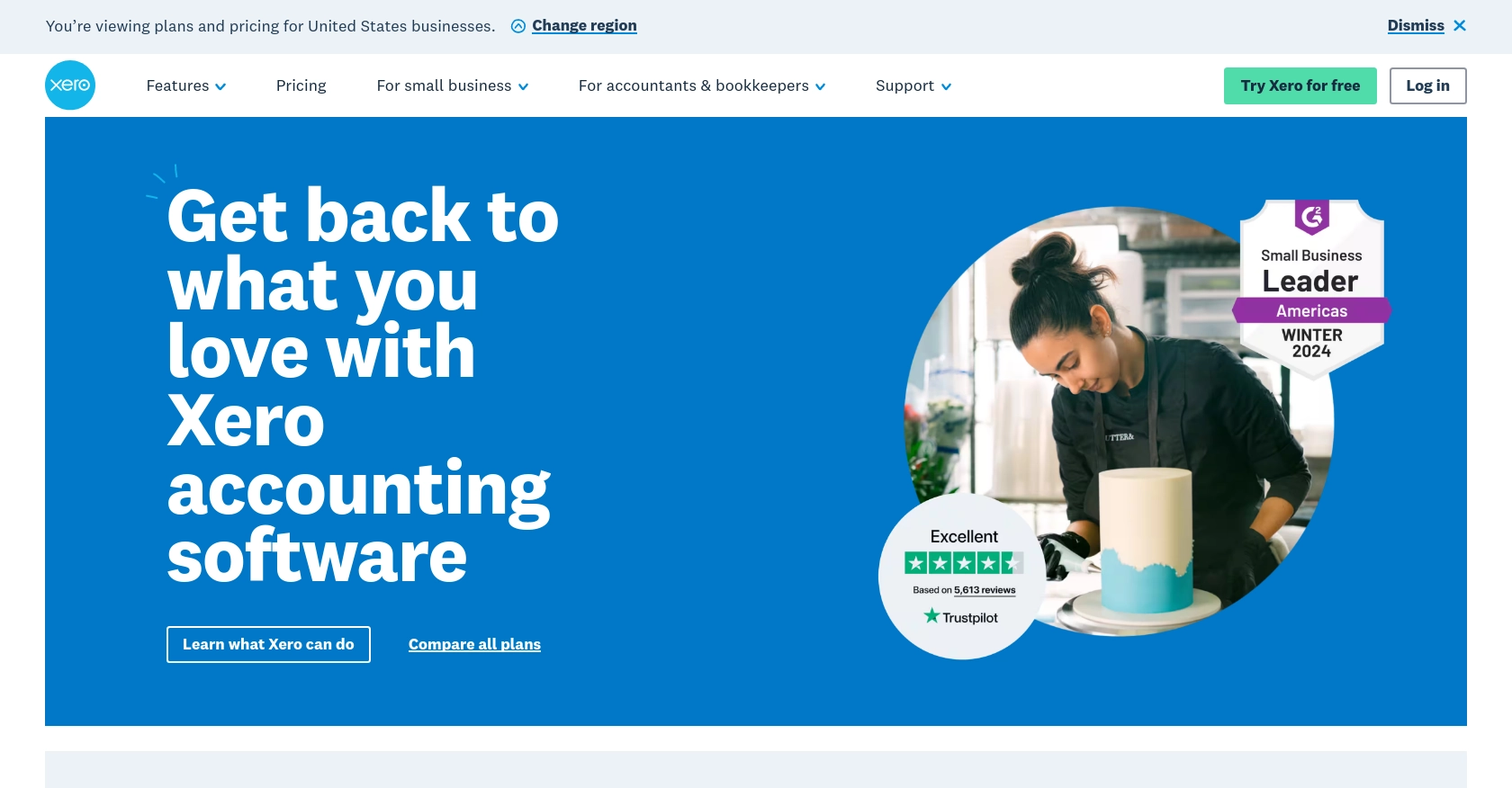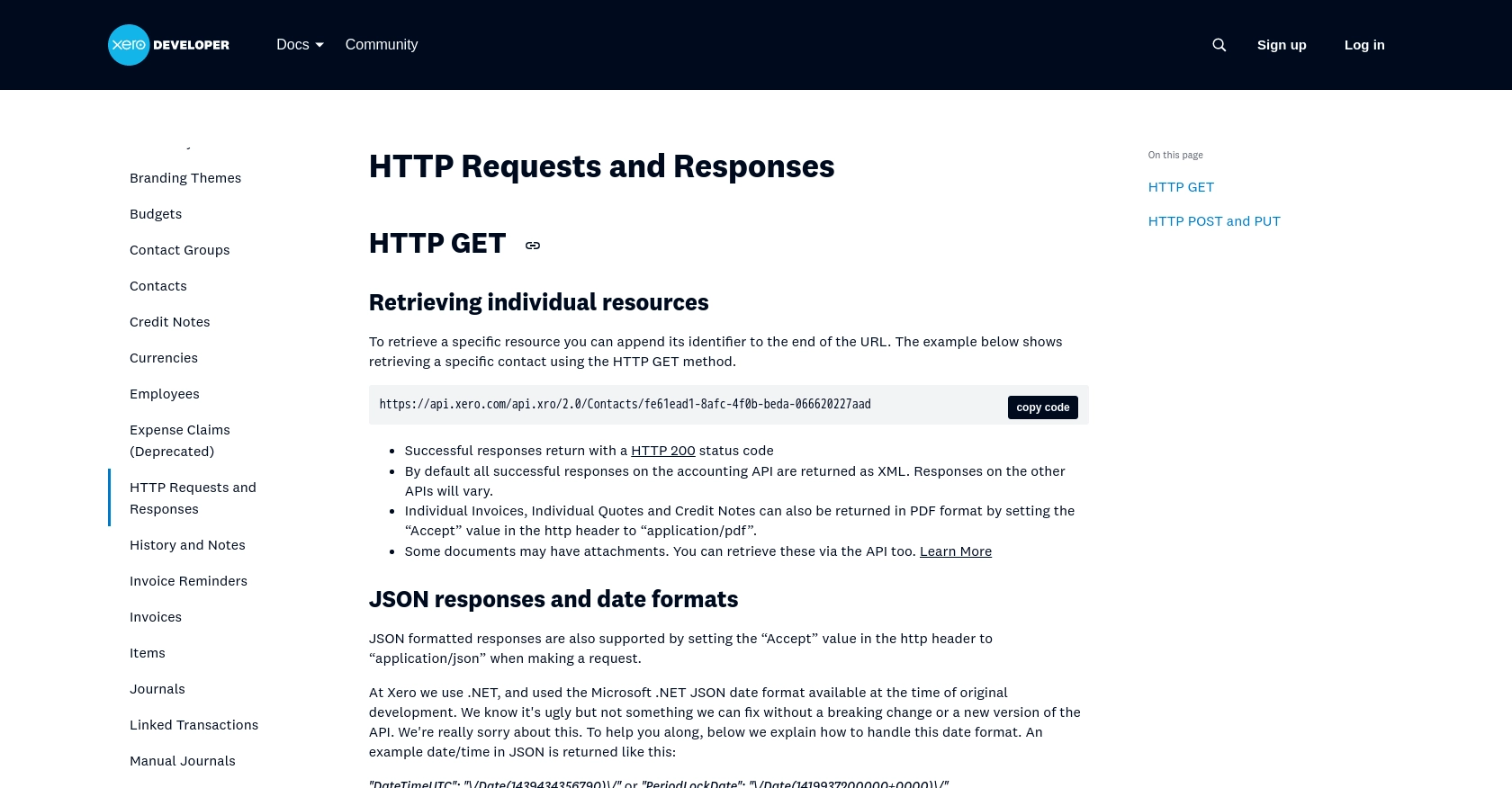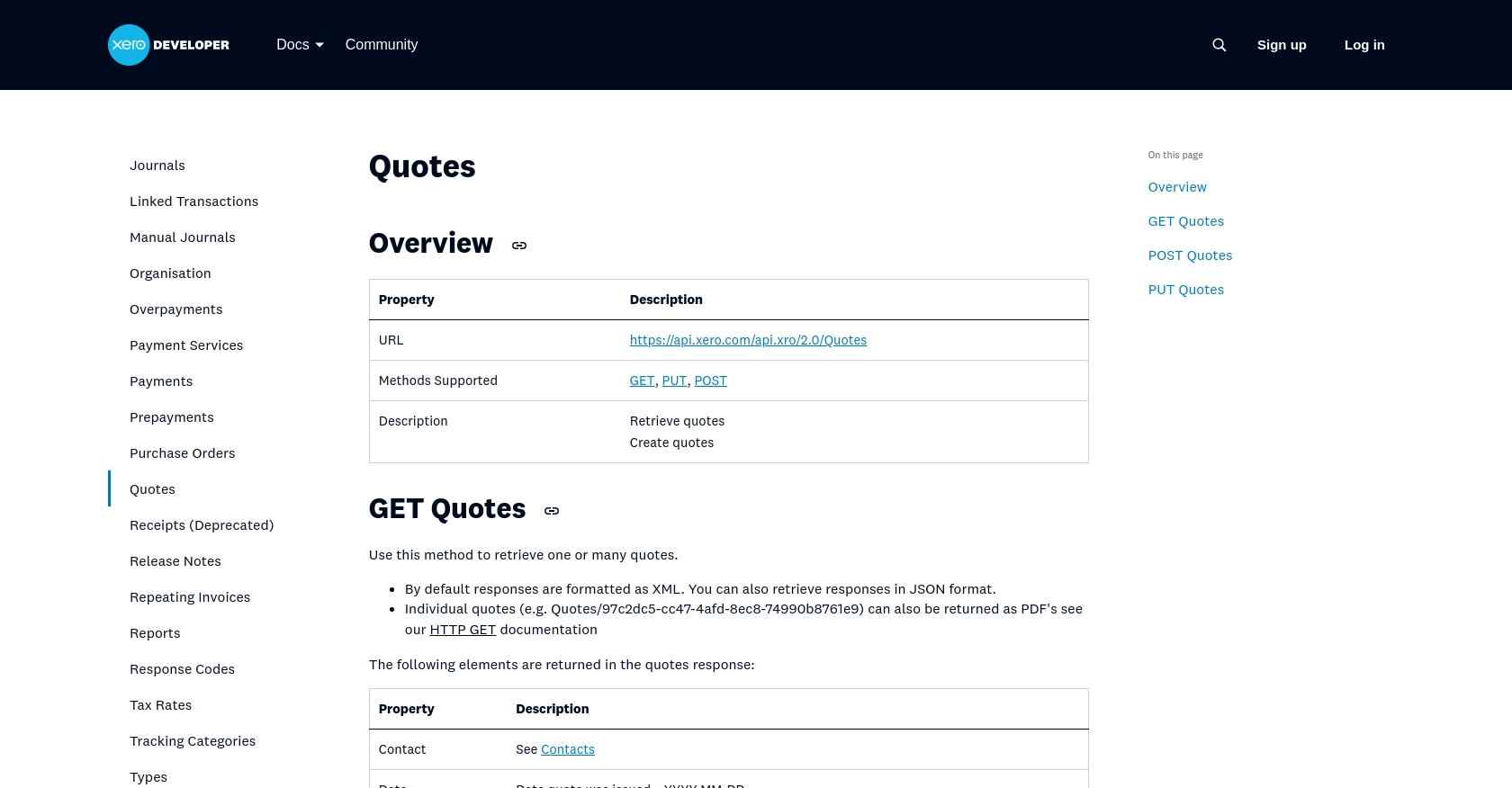Using the Xero API to Get Sale Orders (with Python examples)

Introduction to Xero API Integration
Xero is a powerful cloud-based accounting software platform designed to meet the needs of small to medium-sized businesses. It offers a wide range of features, including invoicing, inventory management, and financial reporting, making it a popular choice for businesses looking to streamline their accounting processes.
Integrating with the Xero API allows developers to automate and enhance business operations by accessing and managing financial data programmatically. For example, a developer might use the Xero API to retrieve sales orders, enabling seamless integration with other business systems to improve efficiency and accuracy in order processing.
Setting Up Your Xero Sandbox Account for API Integration
Before you can start interacting with the Xero API, you'll need to set up a sandbox account. This environment allows you to test and develop your integrations without affecting live data. Follow these steps to get started:
Creating a Xero Developer Account
To access the Xero API, you first need to create a Xero developer account. Visit the Xero Developer Portal and sign up for a free account. This account will give you access to the tools and resources needed to build and test your applications.
Setting Up a Xero Sandbox Organization
Once your developer account is ready, you can create a sandbox organization. This is a separate environment where you can safely test your API calls:
- Log in to your Xero developer account.
- Navigate to the "My Apps" section and click on "Add a new app."
- Fill in the necessary details, such as the app name and company URL.
- Select "Web app" as the app type and provide a redirect URI.
- Click "Create App" to generate your app credentials, including the client ID and client secret.
Configuring OAuth 2.0 Authentication
Xero uses OAuth 2.0 for authentication, which requires setting up an app to obtain the necessary credentials:
- In your newly created app, navigate to the "OAuth 2.0 credentials" section.
- Note down the client ID and client secret, as you'll need these for authentication.
- Ensure that your app has the necessary scopes to access sales orders. You can configure these in the "Scopes" section.
For more details on OAuth 2.0 authentication, refer to the Xero OAuth 2.0 Overview.
Generating Access Tokens
With your app set up, you can now generate access tokens to authenticate API requests:
- Use the client ID and client secret to request an authorization code from Xero.
- Exchange the authorization code for an access token and a refresh token.
- Store these tokens securely, as they will be used to authenticate your API calls.
For a detailed guide on the authorization flow, visit the Xero Authorization Flow documentation.

sbb-itb-96038d7
Making API Calls to Retrieve Xero Sales Orders Using Python
To interact with the Xero API and retrieve sales orders, you'll need to use Python. This section will guide you through the necessary steps, including setting up your environment, writing the code, and handling potential errors.
Setting Up Your Python Environment for Xero API Integration
Before making API calls, ensure you have the following prerequisites installed on your machine:
- Python 3.11.1
- The Python package installer, pip
Install the required libraries by running the following command in your terminal:
pip install requestsWriting Python Code to Get Sales Orders from Xero
Create a file named get_xero_sales_orders.py and add the following code:
import requests
# Set the API endpoint and headers
endpoint = "https://api.xero.com/api.xro/2.0/Orders"
headers = {
"Authorization": "Bearer Your_Access_Token",
"Content-Type": "application/json"
}
# Make a GET request to the API
response = requests.get(endpoint, headers=headers)
# Check if the request was successful
if response.status_code == 200:
data = response.json()
# Loop through the sales orders and print their information
for order in data.get("Orders", []):
print(order)
else:
print(f"Failed to retrieve sales orders: {response.status_code} - {response.text}")
Replace Your_Access_Token with the access token you obtained during the authentication process.
Running the Python Script and Verifying Results
Execute the script using the following command:
python get_xero_sales_orders.pyIf successful, the script will output the sales orders retrieved from your Xero sandbox account. Verify the results by checking the sandbox environment to ensure the data matches.
Handling Errors and Understanding Xero API Response Codes
When making API calls, it's crucial to handle potential errors gracefully. The Xero API may return various HTTP status codes indicating the result of your request:
- 200 OK: The request was successful.
- 400 Bad Request: The request was malformed or invalid.
- 401 Unauthorized: Authentication failed. Check your access token.
- 403 Forbidden: You do not have permission to access the resource.
- 404 Not Found: The requested resource does not exist.
- 500 Internal Server Error: An error occurred on the server.
For more information on error handling, refer to the Xero API Requests and Responses documentation.

Conclusion and Best Practices for Xero API Integration
Integrating with the Xero API to retrieve sales orders using Python can significantly enhance your business operations by automating data retrieval and streamlining order processing. By following the steps outlined in this guide, you can efficiently set up your environment, authenticate your requests, and handle potential errors.
Best Practices for Secure and Efficient Xero API Usage
- Securely Store Credentials: Always store your client ID, client secret, and access tokens securely. Consider using environment variables or a secure vault to manage sensitive information.
- Handle Rate Limiting: Xero imposes rate limits on API requests. Ensure your application handles these limits gracefully by implementing retry logic or backoff strategies. For more details, refer to the Xero API Rate Limits documentation.
- Data Transformation and Standardization: When integrating data from Xero with other systems, ensure consistent data formats and structures to maintain data integrity and accuracy.
Streamlining Integrations with Endgrate
While building custom integrations with Xero can be rewarding, it can also be time-consuming and complex. Endgrate offers a solution by providing a unified API endpoint that connects to multiple platforms, including Xero. This allows you to focus on your core product while outsourcing integration complexities.
With Endgrate, you can build once for each use case, rather than multiple times for different integrations, providing an easy and intuitive experience for your customers. Explore how Endgrate can save you time and resources by visiting Endgrate.
Read More
- https://endgrate.com/provider/xero
- https://developer.xero.com/documentation/api/accounting/requests-and-responses
- https://developer.xero.com/documentation/guides/oauth2/limits/
- https://developer.xero.com/documentation/guides/oauth2/overview
- https://developer.xero.com/documentation/guides/oauth2/scopes
- https://developer.xero.com/documentation/guides/oauth2/auth-flow
- https://developer.xero.com/documentation/guides/oauth2/tenants
- https://developer.xero.com/documentation/api/accounting/quotes
Ready to get started?
